Climate change isn’t just altering weather patterns or threatening human health—it’s also reshaping the natural world at an alarming rate. Plants, animals, and entire ecosystems are struggling to adapt to rapid changes in temperature, precipitation, and seasonal rhythms.
Biodiversity—the variety of life on Earth—is essential to healthy ecosystems and human well-being. But as the climate shifts, habitats are disrupted, species are pushed out of balance, and extinction risks increase. In short, climate change is not just an environmental issue—it’s a biological emergency.
This article explores how climate change affects biodiversity and ecosystems, why it matters for every living being (humans included), and what can still be done to protect the fragile web of life.
What Is Biodiversity, and Why Does It Matter?
Biodiversity refers to the variety of all living organisms on Earth—plants, animals, fungi, bacteria—and the ecosystems they form. It includes genetic diversity within species, species diversity within ecosystems, and ecosystem diversity across regions.
Healthy biodiversity is not just beautiful or interesting—it is functional. It provides:
- Clean air and water
- Pollination of crops and wild plants
- Nutrient cycling in soil and forests
- Pest and disease control
- Carbon storage and climate regulation
Biodiversity is what keeps ecosystems resilient. When too many pieces of the puzzle are lost, the entire system can collapse.
How Climate Change Disrupts Nature’s Balance
Climate change acts like a pressure cooker for ecosystems. Species that evolved over millennia for stable conditions are now being forced to adapt, migrate, or die—often in the span of just a few decades.
Shifting Habitats and Migration Patterns
As temperatures rise, species are moving toward cooler climates—either toward the poles or higher in elevation. But many can’t move fast enough. Others have nowhere to go.
For example:
- Alpine species run out of mountain as they climb
- Polar animals like the Arctic fox or emperor penguin face melting sea ice
- Marine species move deeper or northward, disrupting food webs
When species move, they may end up in places where they can’t compete—or where they cause harm to existing ecosystems.
Mismatched Timing
Many plants and animals rely on precise seasonal cues for survival—like when to flower, breed, migrate, or hibernate. As temperatures and seasons shift, these cues are thrown off.
This leads to mismatches, such as:
- Flowers blooming before pollinators emerge
- Birds migrating after their food sources have peaked
- Young animals born at times when resources are scarce
These changes can lead to declining reproduction, starvation, and population collapse.
Coral Bleaching and Ocean Change
Oceans absorb most of the planet’s heat, and that heat is changing marine ecosystems dramatically.
Coral reefs, among the most biodiverse ecosystems on Earth, are experiencing mass bleaching as ocean temperatures rise. Bleaching happens when corals expel the algae that give them color and nutrients. Without recovery, reefs die.
Other marine effects include:
- Ocean acidification, which weakens shellfish and coral skeletons
- Oxygen depletion zones, where fish cannot survive
- Collapsing fisheries as entire food chains are disrupted
Once thriving marine ecosystems are turning into dead zones—threatening both biodiversity and human food security.
Species Extinction
The extinction rate today is estimated to be 1,000 times higher than natural background levels, driven largely by human activity. Climate change is now accelerating that risk.
Species at greatest risk include:
- Endemic species with small ranges (like island birds or amphibians)
- Slow-reproducing animals (such as elephants or whales)
- Species with narrow temperature tolerance (like tropical frogs)
- Plants and animals already threatened by habitat loss or poaching
Even resilient species may disappear if food webs unravel or competition intensifies.
Examples of Impacted Ecosystems
Forests
Rising temperatures, droughts, and pest outbreaks are changing forests worldwide. For instance:
- Boreal forests are moving northward
- Bark beetle infestations are killing millions of trees
- Wildfires are becoming more frequent and intense
Dead forests lose their ability to store carbon, turning from climate buffers into climate amplifiers.
Wetlands and Freshwater Systems
Wetlands store carbon, filter water, and provide habitat for countless species. But rising temperatures and erratic rainfall are drying them out or flooding them unexpectedly.
Freshwater ecosystems are particularly sensitive to:
- Temperature swings
- Reduced oxygen levels
- Invasive species taking advantage of disturbed conditions
Many amphibians, already vulnerable, are in sharp decline due to these combined stresses.
Arctic and Polar Regions
These areas are warming at twice the global average. As ice melts:
- Polar bears, seals, and walruses lose hunting grounds
- Algae and phytoplankton patterns shift, affecting the entire food chain
- Permafrost thaws, releasing methane—a powerful greenhouse gas
This region is not just symbolic of climate change—it’s a warning system.
Why Biodiversity Loss Hurts Humans
We depend on biodiversity in ways we often overlook. Losing it isn’t just about losing animals—it’s about losing stability, services, and safety.
Human Risks Include:
- Crop failure from reduced pollination
- Loss of fisheries and marine livelihoods
- Increased disease transmission as ecosystems destabilize
- Reduced medicinal plant availability
- Weaker buffers against storms, floods, and fires
Biodiversity is a form of insurance—a safeguard that protects us from cascading failures in natural systems. When it erodes, so does our resilience.
Frequently Asked Questions
Isn’t extinction a natural part of evolution?
Yes, but the current rate is far beyond normal. Extinctions today are mostly caused by habitat destruction, pollution, and climate change—driven by human activity, not natural processes.
Can’t species just adapt to climate change?
Some can, but many cannot adapt fast enough. Evolution takes generations. Climate change is happening in decades. For plants and slow-reproducing species, it’s simply too fast.
Is biodiversity loss reversible?
Not always. Extinction is permanent. But habitat restoration, protected areas, and reduced emissions can help slow and even reverse ecosystem damage in many places.
How is this different from past climate shifts?
Past shifts happened over millennia, giving species time to evolve or migrate. The current pace is 10–100 times faster, compounded by deforestation, pollution, and overexploitation.
Final Thoughts: A Tipping Point for Life on Earth
Biodiversity is the foundation of life on Earth. It’s not separate from us—it includes us. The food we eat, the air we breathe, the water we drink, and the medicines we use all come from ecosystems that rely on rich, interconnected life.
Climate change is unraveling those systems.
But it’s not too late. By protecting biodiversity, we protect ourselves. By reducing emissions, restoring habitats, and changing how we grow, build, and consume, we can slow the loss—and begin to heal.
The question isn’t whether the Earth will survive. It’s whether the web of life that supports us will continue to thrive.

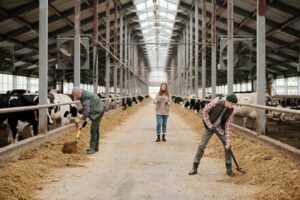
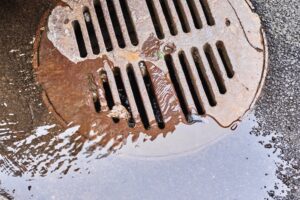

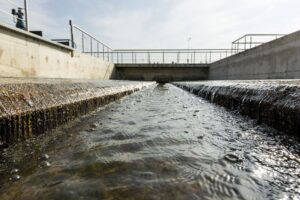
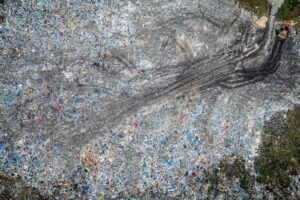

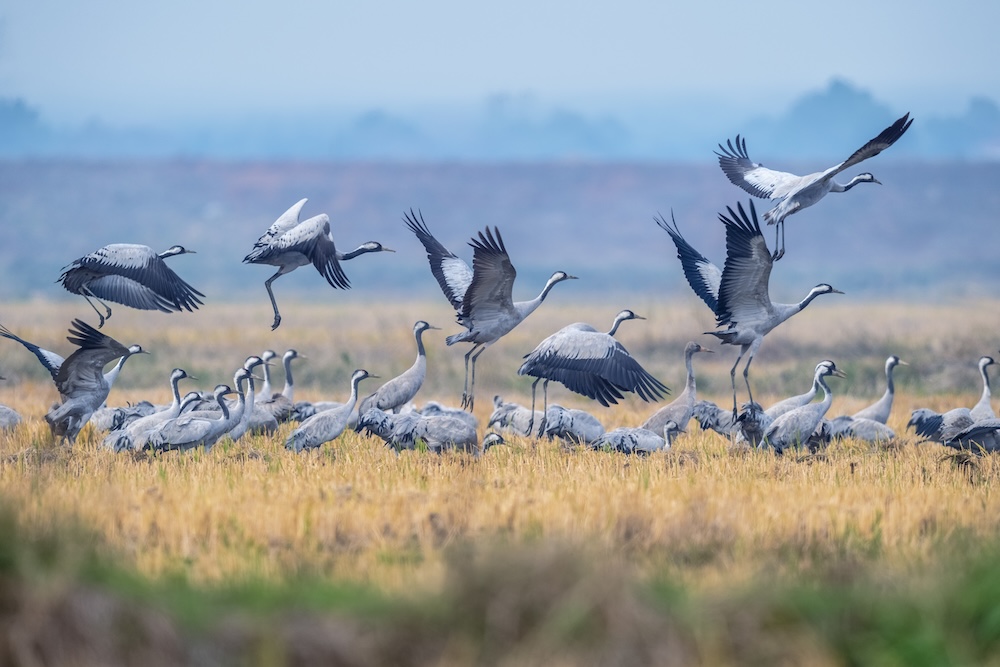

Reader Interactions